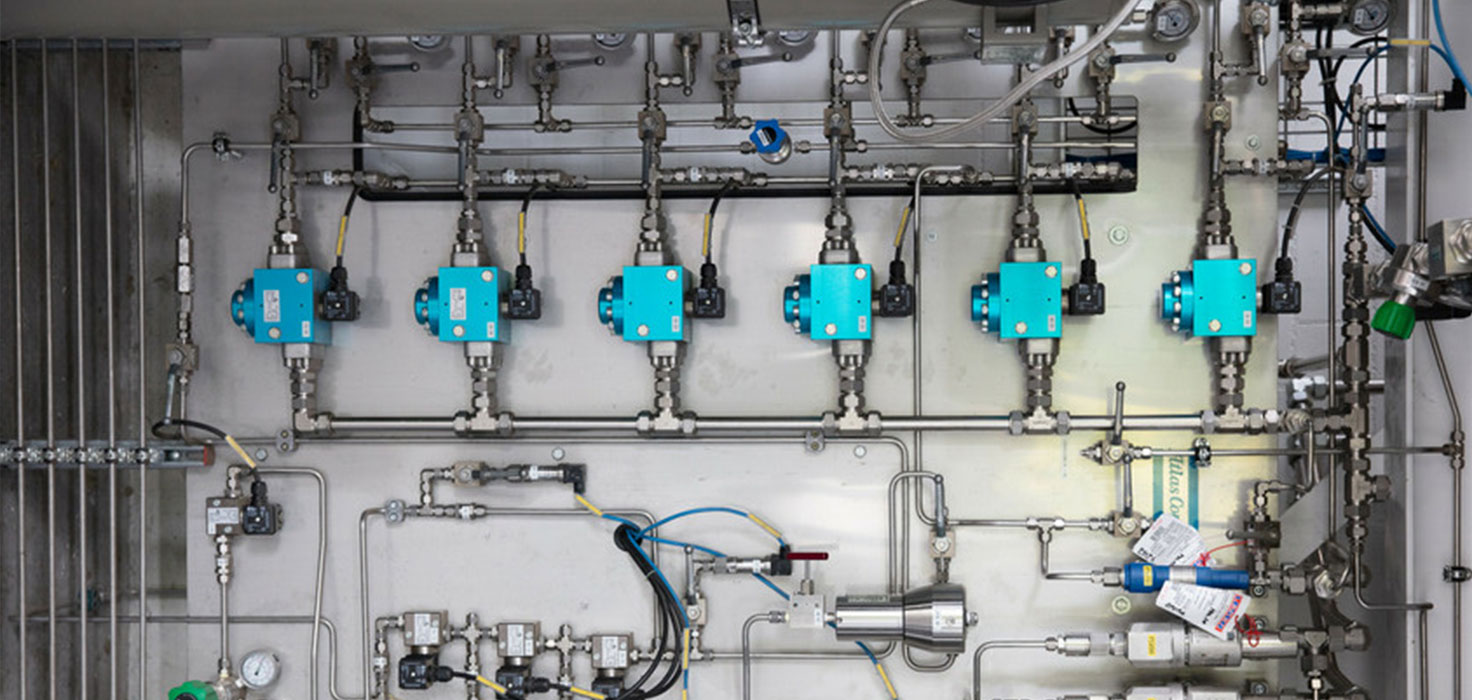Hydrogen

What is hydrogen?
Hydrogen is the most abundant element in the universe and the first element in the periodic table.
Although has been used in industry for more than a century, it now has the potential to play an important role in the energy transition.
Hydrogen can be used to generate low-carbon power, provide heat for industrial processes or as a fuel in long-distance road transport and shipping.
How is it produced?
Although hydrogen is plentiful it is rarely or reliably found in its pure form, unlike oil and gas. It is usually bound up with other elements and has to be extracted using chemical reactions.
Today, most hydrogen is produced by heating up and splitting methane into hydrogen and carbon dioxide, which is then released into the atmosphere.
This is widely referred to as ‘grey’ hydrogen and is used mostly in oil refining and for the production of ammonia, an ingredient needed to make fertilisers.
However, there are also ways to produce zero or low-carbon hydrogen.
One is ‘green’ hydrogen, which produced from the electrolysis of water powered by renewable energy.
The other is ‘blue’ hydrogen, where the emissions generated from splitting methane are captured and prevented from entering the atmosphere.
Why is hydrogen important for the energy transition?
For hard-to-abate industries such as steel-making and petrochemicals, where direct electrification is not viable, green or blue hydrogen offers a way of reducing emissions.
Hydrogen can also be used to store electricity when there is surplus power on the grid and to produce low-emission shipping fuels such as green or blue ammonia and methanol.
What are the biggest barriers to mass adoption?
While there are hundreds of green hydrogen projects under development around the world, only a handful have reached a final investment decision.
There are many reasons for this. They include concerns about a lack of infrastructure, the availability of renewable power, permitting challenges, as well as uncertainties about regulation. Green hydrogen is also more expensive to produce than grey hydrogen, a gap that can be closed by more effective carbon pricing.
All of these problems are surmountable. Green hydrogen is receiving strong government support in the developed world, particularly in the US and Europe and with the right policy settings, there is potential to produce large volumes of the fuel in the Global South.
What are Trafigura’s plans in green hydrogen?
We see green hydrogen as playing a key role in the energy transition, particularly for industries like shipping and long-distance road transport. Through our joint venture with H2 Energy Europe, we are developing one of the world’s biggest hydrogen production plants in Denmark.
With a capacity of 1GW, if approved, the Esbjerg project will convert renewable power into hydrogen for industrial use. We have also established an internal venture capital-style fund that has invested in companies developing technology for low-carbon hydrogen production.